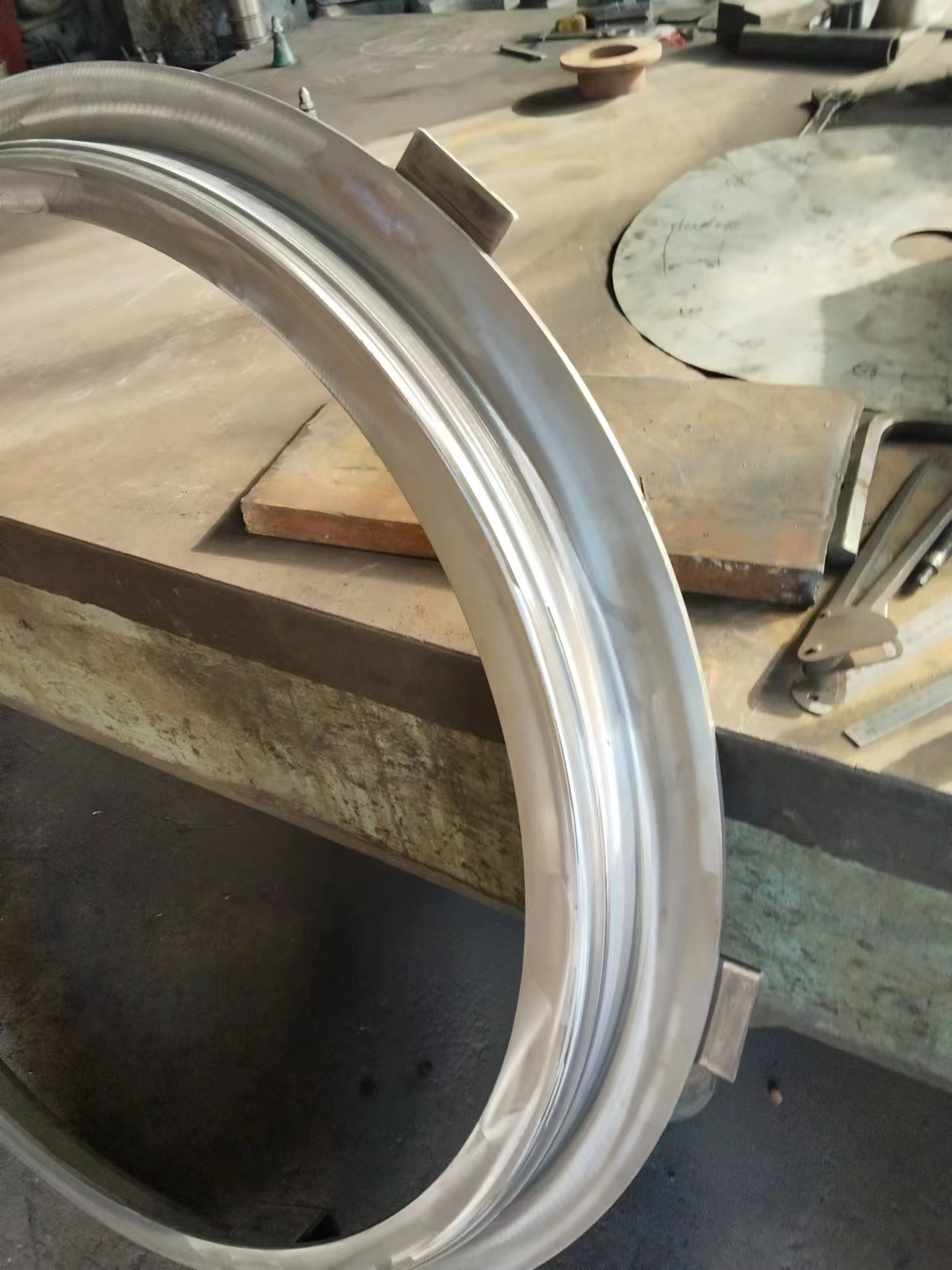- Afrikaans
- Albanian
- Amharic
- Arabic
- Armenian
- Azerbaijani
- Basque
- Belarusian
- Bengali
- Bosnian
- Bulgarian
- Catalan
- Cebuano
- China
- China (Taiwan)
- Corsican
- Croatian
- Czech
- Danish
- Dutch
- English
- Esperanto
- Estonian
- Finnish
- French
- Frisian
- Galician
- Georgian
- German
- Greek
- Gujarati
- Haitian Creole
- hausa
- hawaiian
- Hebrew
- Hindi
- Miao
- Hungarian
- Icelandic
- igbo
- Indonesian
- irish
- Italian
- Japanese
- Javanese
- Kannada
- kazakh
- Khmer
- Rwandese
- Korean
- Kurdish
- Kyrgyz
- Lao
- Latin
- Latvian
- Lithuanian
- Luxembourgish
- Macedonian
- Malgashi
- Malay
- Malayalam
- Maltese
- Maori
- Marathi
- Mongolian
- Myanmar
- Nepali
- Norwegian
- Norwegian
- Occitan
- Pashto
- Persian
- Polish
- Portuguese
- Punjabi
- Romanian
- Russian
- Samoan
- Scottish Gaelic
- Serbian
- Sesotho
- Shona
- Sindhi
- Sinhala
- Slovak
- Slovenian
- Somali
- Spanish
- Sundanese
- Swahili
- Swedish
- Tagalog
- Tajik
- Tamil
- Tatar
- Telugu
- Thai
- Turkish
- Turkmen
- Ukrainian
- Urdu
- Uighur
- Uzbek
- Vietnamese
- Welsh
- Bantu
- Yiddish
- Yoruba
- Zulu
Nov . 17, 2024 11:46 Back to list
Creating Quality Casting Products for Diverse Applications and Industries
Understanding Casting Products A Comprehensive Overview
Casting products play a pivotal role in various industries, ranging from automotive to aerospace, construction to electronics. The casting process involves pouring liquid material—typically metal, plastic, or glass—into a mold, allowing it to solidify into a desired shape. This method is not only efficient but also offers numerous advantages, making it a preferred choice for manufacturers worldwide.
One of the primary reasons for the popularity of casting is its versatility. Casting can accommodate a wide range of materials, including ferrous and non-ferrous metals, plastics, and even ceramics. This enables manufacturers to create complex geometries and intricate designs that would be challenging or impossible to achieve through other manufacturing techniques. For instance, intricate parts for automobiles, such as engine blocks and transmission housings, are often cast to meet precise specifications and performance standards.
The casting process can be categorized into different methods, including sand casting, die casting, investment casting, and more. Sand casting, one of the oldest techniques, utilizes a sand mold to create a cast. It is particularly well-suited for large components due to its flexibility and cost-effectiveness. Die casting, on the other hand, involves forcing molten metal into a mold at high pressure, resulting in a product with excellent surface finish and dimensional accuracy. This method is commonly used in high-volume production runs, particularly for aluminum, zinc, and magnesium alloys.
Investment casting, or lost-wax casting, is another sophisticated technique that is used for manufacturing precision components. It involves creating a wax model of the desired part, coating it with a ceramic material, and subsequently melting the wax away to leave a mold. This method is ideal for producing intricate shapes and fine details, often used in industries such as jewelry making and aerospace.
casting products

Another significant advantage of casting products is their cost-effectiveness, particularly in mass production scenarios. Once a mold is made, producing additional components becomes relatively inexpensive. This efficiency is crucial for manufacturers aiming to reduce costs while meeting rising demand for products. Moreover, the casting process can significantly minimize material waste as it allows for near-net shape production, reducing the need for extensive machining.
Quality control is another vital aspect of casting products. Manufacturers employ various testing methods, such as ultrasonic testing and X-ray inspection, to ensure that the final cast meets the required standards. This is particularly important in industries with strict safety and performance requirements, such as aerospace and automotive.
In recent years, advancements in 3D printing technology have also started to influence the casting industry. The integration of additive manufacturing techniques allows for the rapid prototyping of patterns and molds, improving the efficiency of the casting process. This synergy between traditional and modern methods is paving the way for innovation in product design and production.
In conclusion, casting products are an integral part of modern manufacturing, offering versatility, cost-effectiveness, and the ability to produce complex geometries. With continuous advancements in technology and methodologies, the casting industry is poised for growth, adapting to meet the ever-evolving needs of various sectors. As industries demand more innovative solutions, casting products will undoubtedly remain at the forefront of manufacturing processes for years to come.
-
8mm Thin-Walled Cast Steel Manhole Cover Pallet Bottom Ring | Durable
NewsAug.04,2025
-
Premium Cast Iron Water Main Pipe: Durable, Corrosion-Resistant
NewsAug.03,2025
-
Durable Cast Iron Water Mains | AI-Optimized Systems
NewsAug.02,2025
-
High-Efficiency Propane Boiler for Baseboard Heat | Save Energy
NewsAug.01,2025
-
Premium Source Suppliers for Various Gray Iron Castings
NewsJul.31,2025
-
Durable Cast Iron Water Main Pipes | Long-Lasting
NewsJul.31,2025


